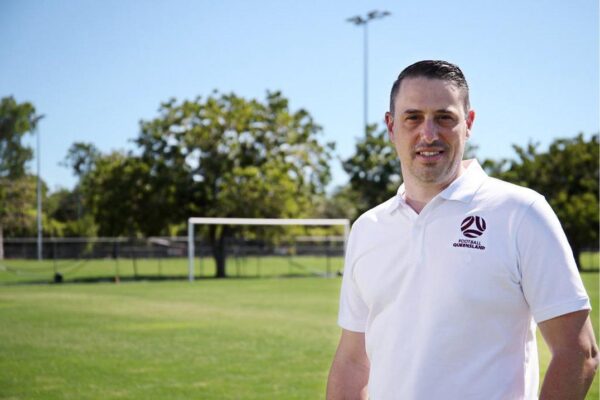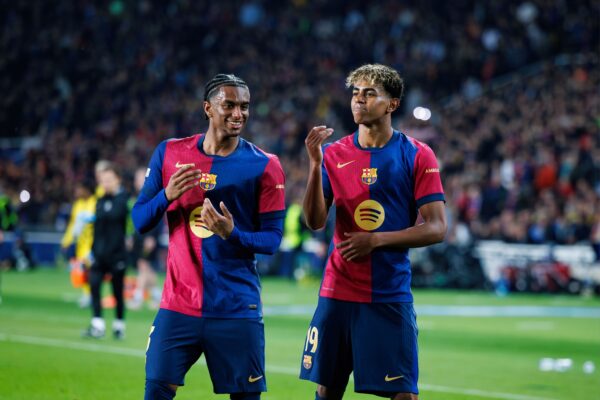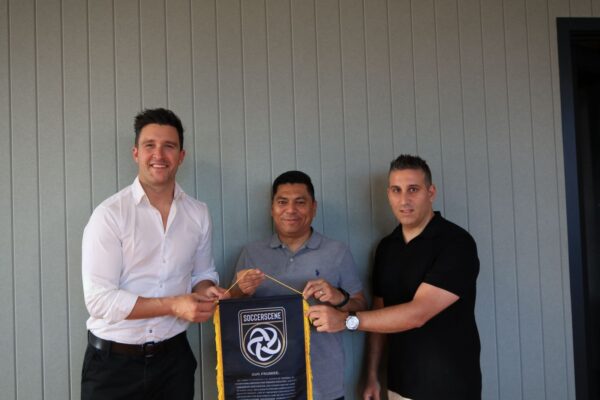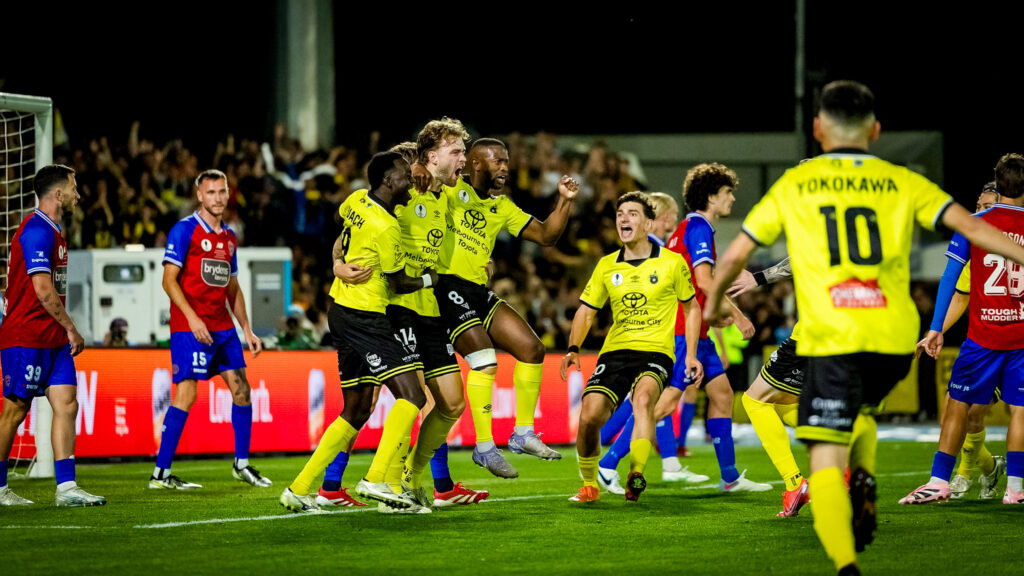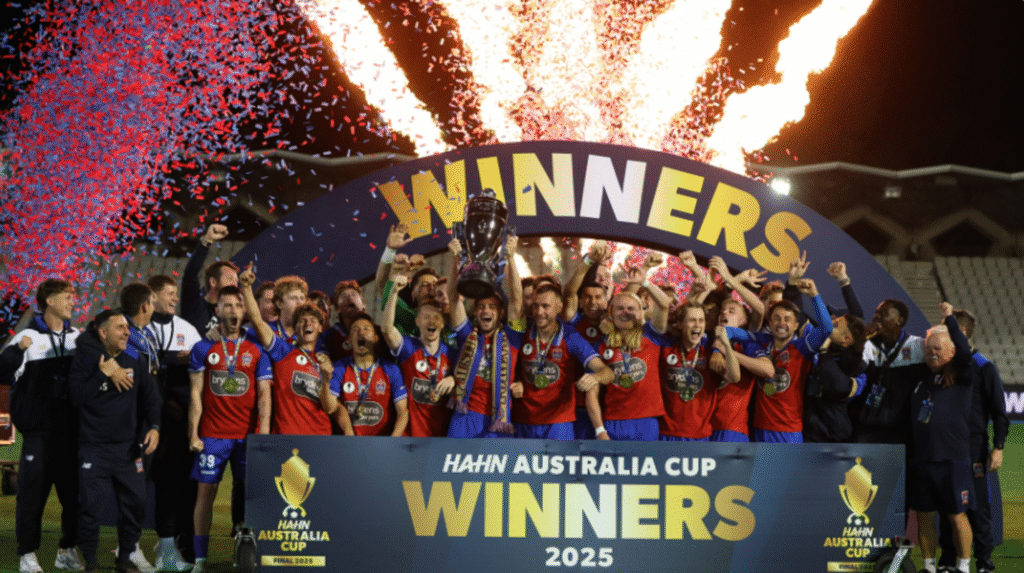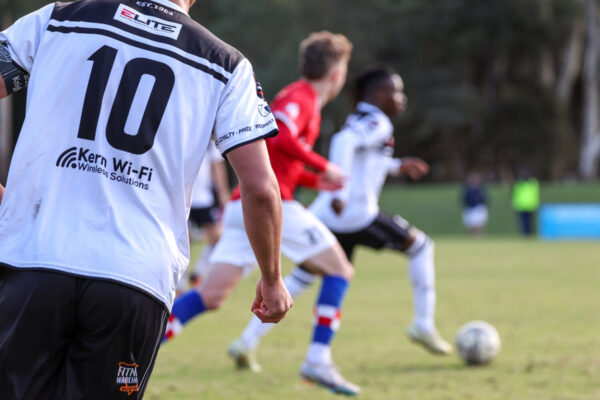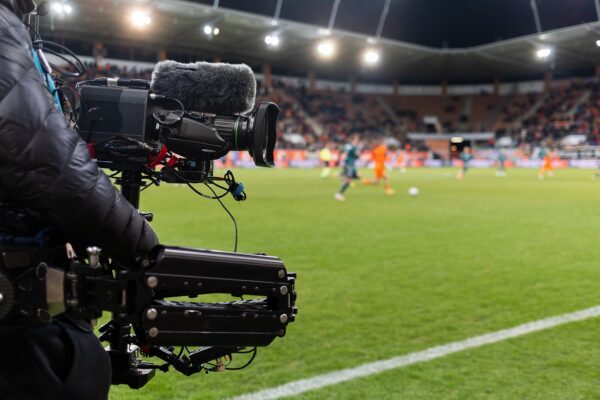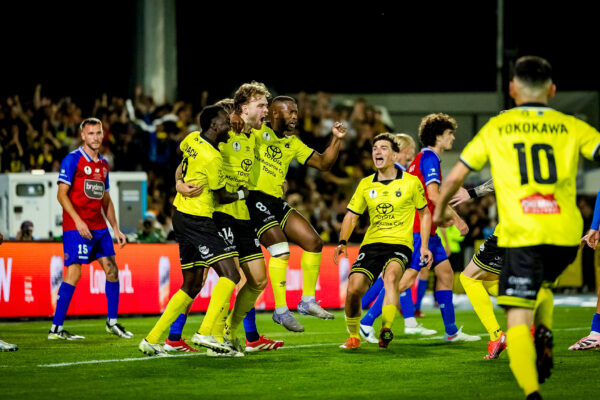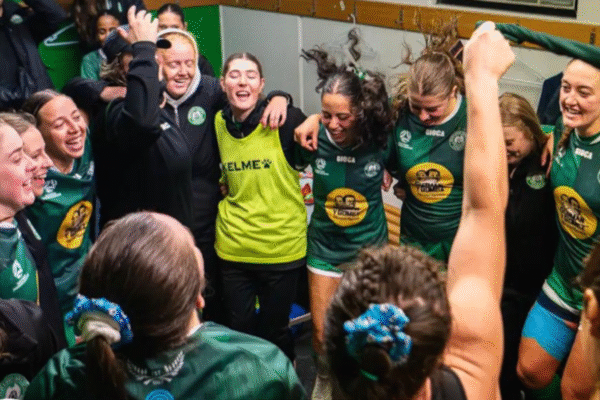
Football Australia has announced the 23 players, coach, and assistant coaches selected by fans and historians in the Socceroos’ ‘Team of the Century’.
2022 marks 100 years since Australia’s first men’s ‘A’ international took place in Dunedin, with the Socceroos and New Zealand going head-to-head at Brisbane’s Suncorp Stadium yesterday evening to mark the occasion.
Over 110,000 individual player and coach selections were digitally submitted by supporters throughout August and September.
In addition to the sixteen fan selections, Football Australia’s Panel of Historians nominated seven additional players to be recognised in the team, which includes at least one representative from each era of the Socceroos’ storied and iconic history.
The Socceroos’ ‘Team of the Century’ goalkeepers include Mark Schwarzer, Mathew Ryan or Jimmy McNabb. Whilst the defensive legion features the likes of Scott Chipperfield, Joe Marston, Craig Moore, Lucas Neill, Alex Tobin, Tony Vidmar, and Peter Wilson.
In midfield, supporters selected Mark Bresciano, Brett Emerton, Mile Jedinak, Harry Kewell, Aaron Mooy, and Johnny Warren. And in attack, the striking talent is in abundance with John Aloisi, Tim Cahill, Reg Date, John Kosmina, Judy Masters, Alf Quill, and Mark Viduka voted in.
The Socceroos’ ‘Team of the Century’ also features the coaching talents of Guus Hiddink as Head Coach, withs support from Ange Postecoglou, Graham Arnold, and Rale Rasic as his assistants. All four men have made outstanding contributions to the Australian game and the Socceroos’ FIFA World Cup story.
Last night’s match saw Socceroos players from multiple generations form a guard of honour as the teams take to the field, while five players, or their descendants, will receive their Socceroos caps at half-time. Individuals or families of those receiving acknowledgement included Steve Perry (cap 273), Frank Farina (cap 329), the late Jock Cumberford (cap 4), the late William Dane (cap 5), and the late Dave Ward (cap 11).
Socceroos’ ‘Team of the Century’
Players: John ALOISI, Mark BRESCIANO, Tim CAHILL, Scott CHIPPERFIELD, Reg DATE*, Brett EMERTON, Mile JEDINAK, Harry KEWELL, John KOSMINA*, Joe MARSTON*, Judy MASTERS*, Jimmy MCNABB (Gk)*, Craig MOORE, Aaron MOOY, Lucas NEILL, Alf QUILL*, Mathew RYAN (Gk), Mark SCHWARZER (Gk), Alex TOBIN, Tony VIDMAR, Mark VIDUKA, Johnny WARREN, Peter WILSON*
Head Coach: Guus HIDDINK
Assistant Coaches: Graham ARNOLD, Ange POSTECOGLOU, Rale RASIC
*Denotes player selected by Football Australia’s Panel of Historians



